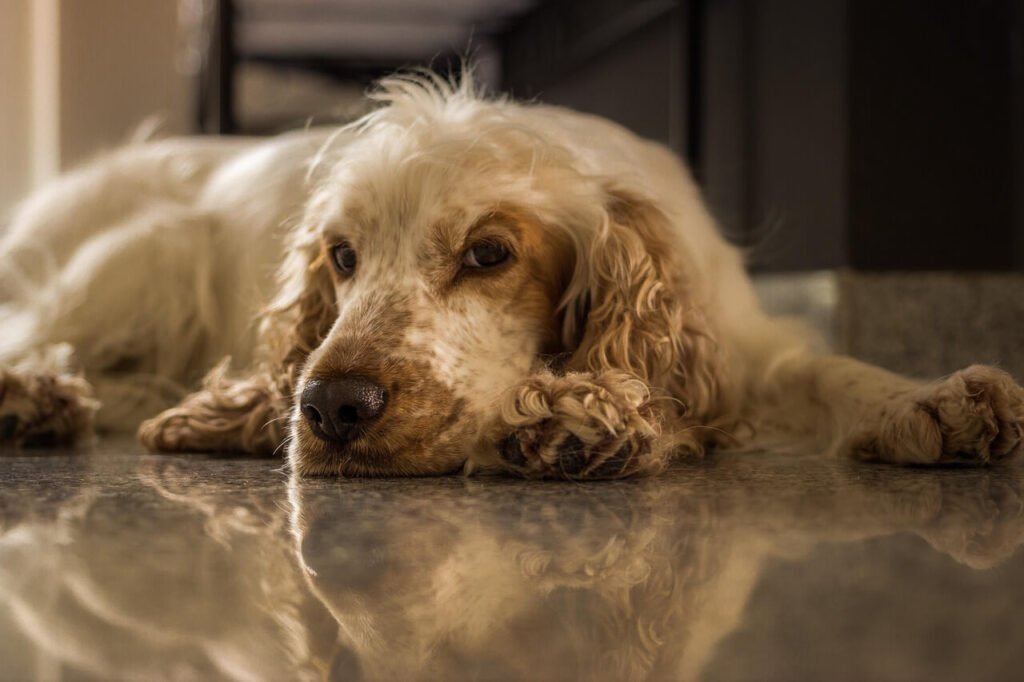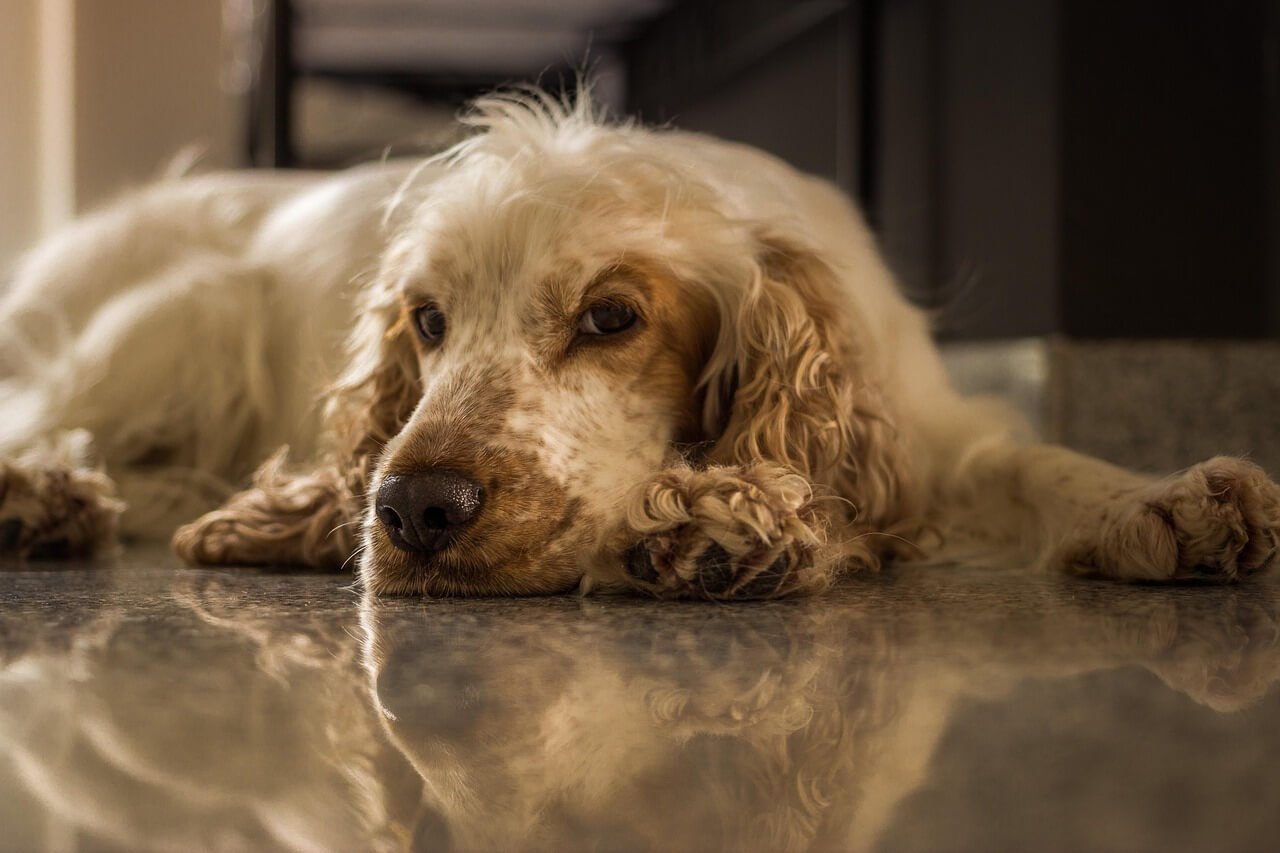Dog Wound Care: Keeping Your Furry Friend Safe and Healthy
Our dogs are more than just pets—they’re family. As active and curious companions, they’re prone to accidents and injuries that can result in wounds. Proper dog wound care is essential not only for their comfort but also for preventing infections and ensuring a speedy recovery. Whether it’s a minor scrape or a deeper cut, knowing how to address your dog’s wounds effectively can make all the difference. In this guide, we’ll explore expert tips on assessing, treating, and monitoring wounds to help you provide the best care for your four-legged friend.
Step-by-Step Guide to Assessing Dog Wounds
Before diving into treatment, it’s crucial to assess the severity of your dog’s wound. This initial evaluation will help you determine whether professional veterinary care is needed or if home treatment is sufficient.
Check for Bleeding:
If the wound is bleeding heavily, apply gentle pressure with a clean cloth or gauze to stop the flow before proceeding further.Examine the Wound Type:
Identify whether it’s a puncture, laceration, abrasion, or burn, as different types require specific treatments.Look for Signs of Infection:
Redness, swelling, pus, or an unpleasant odor may indicate an infection, which requires immediate veterinary attention.Assess Pain Levels:
Observe your dog’s behavior. Excessive licking, whimpering, or reluctance to move could signal significant pain or discomfort.Determine the Cause:
Understanding what caused the wound (e.g., fight, thorn, heat) helps tailor the treatment plan and prevent future incidents.
By thoroughly evaluating the wound, you can take appropriate action and ensure your dog receives the care they need.

Essential Steps for Cleaning Dog Wounds at Home
Once you’ve assessed the wound, cleaning it properly is the next critical step. Proper hygiene reduces the risk of complications and promotes faster healing.
Wash Your Hands:
Always start by washing your hands thoroughly to avoid introducing bacteria into the wound.Use Sterile Saline Solution:
Rinse the wound gently with sterile saline solution to remove dirt, debris, and contaminants without irritating the skin.Avoid Hydrogen Peroxide:
Contrary to popular belief, hydrogen peroxide can damage healthy tissue and delay healing—stick to vet-recommended cleaners.Pat Dry with a Clean Cloth:
After rinsing, gently pat the area dry with a soft, lint-free cloth to keep the wound clean and comfortable.Apply an Antiseptic Ointment:
Use a pet-safe antiseptic cream to protect the wound from infection while promoting healing.
Proper cleaning sets the foundation for effective wound care and minimizes the chances of complications down the line.
Check this guide 👉What to Put on a Dog Wound: Best 7 Expert Tips!
Check this guide 👉Dog Wounds Not Healing: Best 7 Expert Tips!
Check this guide 👉Puncture Wound on Dog: Best 7 Expert Tips!
Signs of a Healing Wound | Warning Signs of Complications |
|---|---|
Reduced redness and swelling | Increasing redness or warmth around the wound |
Formation of healthy pink tissue | Persistent or worsening discharge |
Decreased licking or irritation | Fever or lethargy in your dog |
Scab formation without reopening | Strong odor emanating from the wound |
Improved mobility and energy levels | Loss of appetite or reluctance to move |
How to Prevent Further Injury During Recovery
While your dog heals, it’s important to take steps to prevent them from aggravating the wound. These measures will support a smooth recovery process.
Restrict Physical Activity:
Limit running, jumping, or rough play to avoid reopening the wound or causing additional trauma.Use an Elizabethan Collar (E-Collar):
An E-collar prevents your dog from licking or chewing the wound, which can introduce bacteria and slow healing.Keep the Wound Covered:
Use a bandage or protective wrap to shield the wound from dirt and external irritants, changing it regularly as directed.Monitor Environmental Hazards:
Remove sharp objects, chemicals, or other hazards from your home and yard to minimize risks during recovery.Provide a Comfortable Rest Area:
Ensure your dog has a clean, quiet space to rest away from stressors or disturbances.
Taking these precautions ensures your dog stays safe and comfortable throughout their healing journey.
When to Seek Veterinary Care for Dog Wounds
While some wounds can be managed at home, others require professional intervention. Recognizing when to consult a vet is vital for your dog’s health.
Deep or Puncture Wounds:
Deep cuts or punctures often require stitches and antibiotics to prevent infection.Bleeding That Won’t Stop:
If bleeding persists despite applying pressure for several minutes, seek emergency care immediately.Foreign Objects Embedded in the Wound:
Never attempt to remove embedded objects yourself; let a professional handle it safely.Signs of Systemic Illness:
Symptoms like fever, vomiting, or extreme lethargy may indicate a serious underlying issue.Wounds Near Sensitive Areas:
Injuries near the eyes, ears, mouth, or genitals should always be evaluated by a veterinarian due to their complexity.
Knowing when to involve a vet ensures your dog receives timely and appropriate treatment.
Common Mistakes to Avoid in Dog Wound Care
Even well-meaning pet owners can make mistakes when caring for their dog’s wounds. Avoiding these errors ensures a smoother recovery process.
Using Human Medications:
Over-the-counter painkillers or ointments meant for humans can be toxic to dogs. Stick to vet-approved products only.Skipping Follow-Up Appointments:
Even if the wound looks better, follow-up visits are crucial to confirm complete healing and rule out hidden issues.Ignoring Behavioral Changes:
Subtle changes in behavior, such as decreased appetite or withdrawal, may signal discomfort or complications.Overlooking Hygiene Practices:
Failing to wash your hands or use sterile tools increases the risk of introducing harmful bacteria to the wound.Rushing Physical Activity:
Allowing too much activity too soon can reopen the wound or delay healing significantly.
By avoiding these pitfalls, you can ensure your dog’s recovery remains on track.
Natural Remedies for Supporting Wound Healing
In addition to conventional treatments, some natural remedies can complement your dog’s wound care routine. These options should always be used under veterinary guidance.
Aloe Vera Gel:
Pure aloe vera gel has soothing properties that promote healing, though it must be free of additives or alcohol.Coconut Oil:
Applied sparingly, coconut oil can moisturize the surrounding skin and create a protective barrier against bacteria.Chamomile Tea Compress:
Soaked chamomile tea bags can reduce inflammation and provide calming relief when applied to minor wounds.Manuka Honey:
Known for its antibacterial properties, Manuka honey can aid in reducing infection risk when used appropriately.Turmeric Paste:
A paste made from turmeric and water has anti-inflammatory benefits, though it should be used cautiously to avoid ingestion.
Natural remedies can enhance healing but should never replace professional veterinary advice.
Tips for Managing Anxiety During Wound Recovery
Recovering from a wound can be stressful for dogs, leading to anxiety or behavioral changes. These tips can help keep your furry friend calm and content.
Provide Mental Stimulation:
Puzzle toys or treat-dispensing games engage your dog’s mind while keeping them distracted from the injury.Stick to a Routine:
Maintaining a consistent daily schedule reassures anxious dogs and helps them feel secure during recovery.Offer Gentle Affection:
Spend extra time cuddling or talking softly to your dog, reinforcing feelings of safety and love.Limit Exposure to Stressors:
Keep loud noises, unfamiliar visitors, or chaotic environments to a minimum to reduce stress levels.Consult a Professional Trainer:
If anxiety becomes severe, a trainer or behaviorist can offer strategies tailored to your dog’s needs.
Supporting your dog emotionally accelerates their physical recovery, fostering a happier and healthier bond.
FAQ
How do I stop my dog from licking its wound?
Use an Elizabethan collar (E-collar) to physically block access to the wound. Distraction techniques like toys or treats may also help.
Can I use hydrogen peroxide on my dog’s wound?
It’s best to avoid hydrogen peroxide as it can damage healthy tissue. Stick to vet-approved antiseptics instead.
How long does it take for a dog’s wound to heal?
Healing times vary depending on the severity of the wound. Minor abrasions may heal within a week, while deeper lacerations could take several weeks.
What should I do if my dog’s wound looks infected?
Contact your veterinarian immediately. Signs of infection include swelling, pus, foul odor, and increased redness.
Is it safe to cover my dog’s wound with a bandage?
Yes, but ensure the bandage is not too tight and change it regularly to keep the area clean and dry.
Prioritizing Your Dog’s Health Through Proper Wound Care
Caring for your dog’s wounds is a responsibility that requires patience, diligence, and compassion. By understanding how to assess, clean, and monitor injuries, you can play a proactive role in your dog’s recovery. Remember, prevention is just as important as treatment—keeping your dog safe from potential hazards reduces the likelihood of accidents. With proper care and attention, your loyal companion will bounce back stronger than ever, ready to enjoy many more adventures together.
Canned Pumpkin for Cat Diarrhea: Best 7 Expert Tips! Natural remedy to firm stools, soothe upset bellies, and support gut health safely.
Can a Cat Give You Scabies? Best 7 Expert Tips! Discover the truth about feline mites, human skin risks, and how to protect yourself—without panic.
Cat Flea vs Human Flea: Best 7 Expert Tips! Discover the truth about bites, species, and how to eliminate infestations for good.
Weird Cat Behaviors: Best 7 Expert Tips! Discover why cats do strange things—and how to understand, not punish, their instincts for a happier home.





